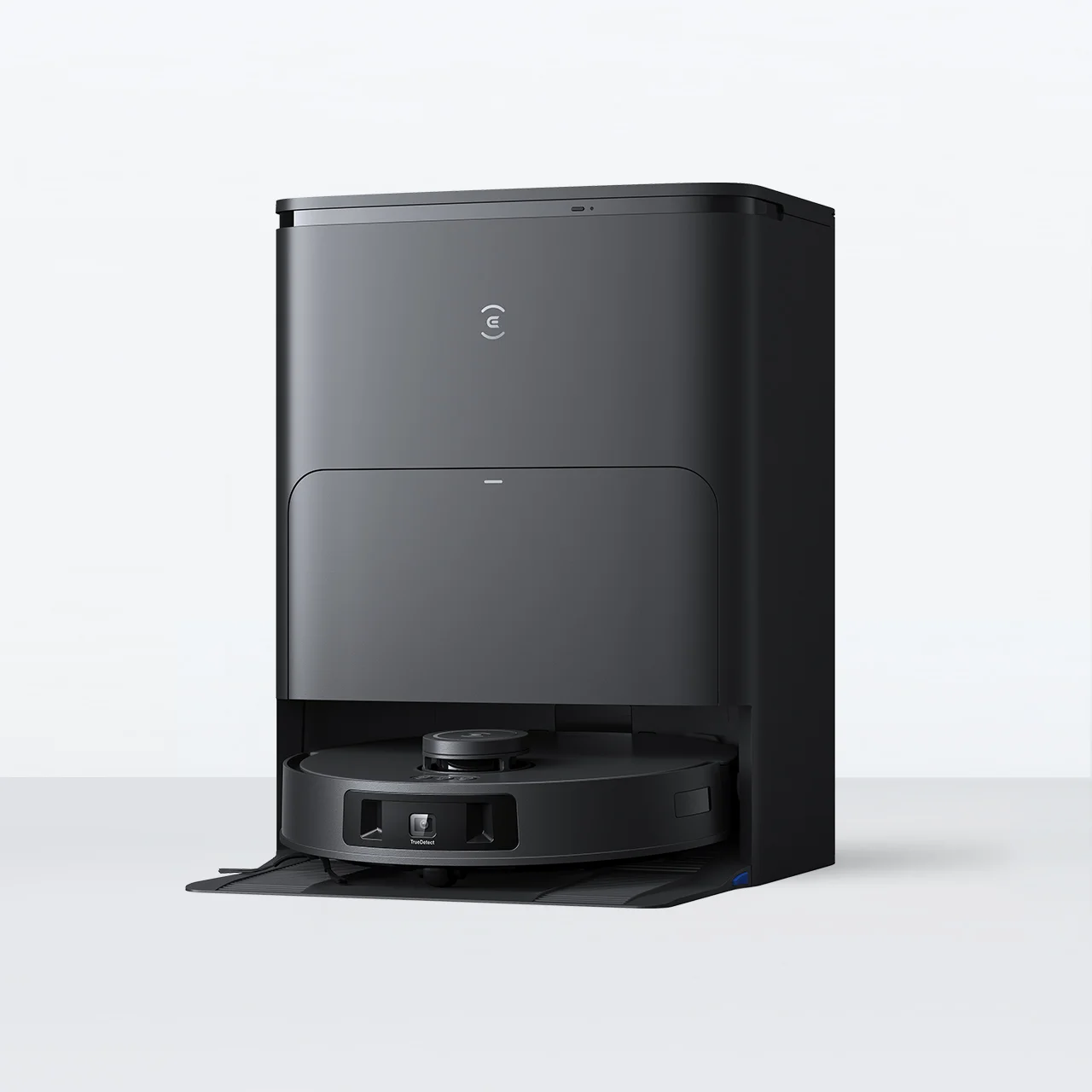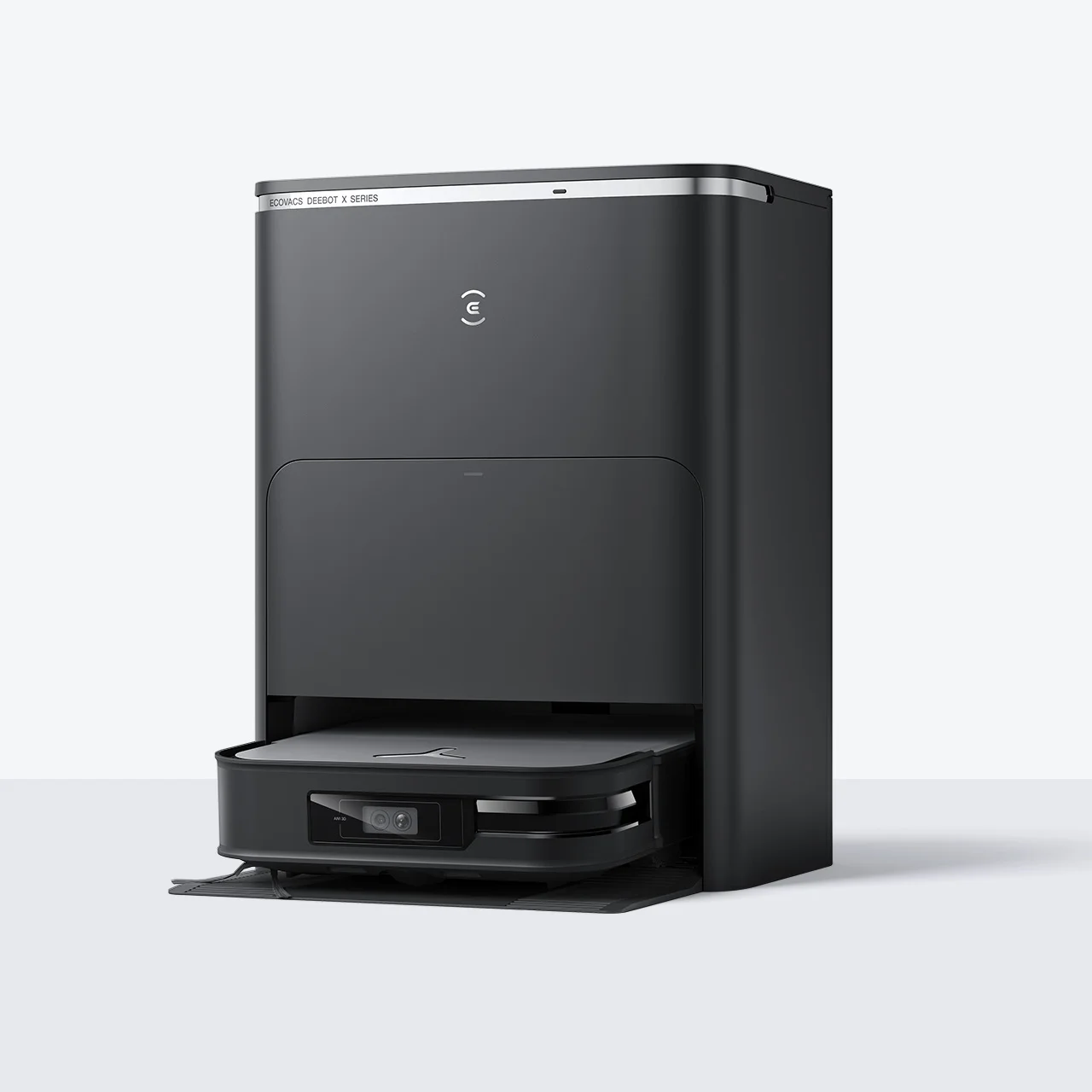
Vacuum cleaners have become one of the most important appliances for keeping our homes clean, especially with homes becoming more complex and cleaning needs, more demanding. 40 to 50 million vacuum cleaners are sold every year in the United States. If you have had your vacuum not turn on or suddenly stop while you’re in the middle of a cleaning session, you know just how frustrating that can be. These issues can be caused by things like clogged filters, tangled brushes or electrical problems, but they are often easily fixable. By taking the time to resolve these issues, you can extend the lifespan of your vacuum and save yourself time, money and disappointment down the line.
Why My Vacuum Cleaner Stopped Working?
When your vacuum cleaner stops working, it can be quite frustrating. One of the most common reasons is wear and tear from frequent use. If you use your vacuum cleaner frequently, its components can start to wear down. Another factor is lack of maintenance. If you neglect basic tasks like emptying the dustbin, cleaning the filters and checking blockages, it can affect how well the vacuum performance.
If you live in a large home with high-traffic areas, your vacuum is going to work harder and wear out faster than if you were just doing light cleaning in smaller spaces. And if you're not careful to avoid sucking up large debris or getting the vacuum stuck on thick carpets, you could be putting unnecessary strain on the machine.
What Are the Most Common Vacuum Cleaner Problems?

Vacuum cleaners can stop working for a variety of reasons including power issues, overheating, a full dustbin, faulty switch and more.
Power supply issues
A power supply issue can happen if the power cord is damaged, the outlet isn't providing power, or there's a problem with the vacuum's internal wiring. To fix this, check the power cord for any visible damage or fraying. Also check if the cord is securely plugged into a functioning outlet. If the issue persists, you may need to have the vacuum serviced by a professional to address any internal electrical problems. Some cordless vacuums can also experience power supply issues if the battery is not holding charge or if there is a problem with the charging cord. In this case, you would have to replace the battery or have the charging system repaired.
Overheating
Vacuum cleaners can sometimes overheat, especially if they've been used for an extended period or if the airflow is restricted. This can cause the vacuum to automatically shut off as a safety precaution. If this happens, allow the vacuum to cool down completely before trying to use it again. Make sure the filters and hoses are clean and unobstructed to improve airflow. You should also avoid running the vacuum for too long at a time.
Clogged filters or hoses
Clogged filters or hoses can reduce the suction power of your vacuum cleaner. Check the filters and hoses regularly and clean or replace them as needed. Look at your vacuum's manual to understand how you can properly access and maintain these components. Depending on the type of vacuum, you may need to remove and clean the filters, or replace them entirely if they're no longer effective.
Full dustbin or bag
A full dustbin or bag can also decrease your vacuum's suction. Remember to regularly empty the dustbin or replace the dust bag to ensure optimal performance. Some vacuum cleaners have indicators that let you know when the dustbin or bag needs to be emptied or replaced, so be sure to pay attention to these.
Motor problems
Issues with the vacuum's motor can lead to various problems such as a lack of suction, reduced power, or a failure to start. If you suspect a problem with the motor, it's best to have the vacuum serviced by a professional technician. If you attempt to repair the motor yourself it may be risky and could lead to further damage if you're not experienced with vacuum cleaner maintenance.
Blocked airflow
Blockages in the airflow can cause the vacuum to lose suction or stop working altogether. Check for any obstructions in the hose, wands, or nozzle, and remove them carefully. This could include things like hair, dust bunnies, or other small objects that may have got stuck. Be sure to also check the vacuum's internal ductwork for any blockages.
Faulty on/off switch
A faulty on/off switch can prevent the vacuum from turning on and can even cause it to turn off unexpectedly. This issue usually requires professional repair because the switch is an important part of the vacuum's electrical system. If you attempt to fix it yourself, it may be risky and could lead to further electrical problems.
Loss of suction power
If your vacuum cleaner is losing suction power, it could be because of clogged filters, a full dustbin or bag, or a problem with the motor. Other than checking these issues, you may also want to inspect the vacuum's hose and nozzle for any cracks or damage, as these can cause a loss of suction.
Brush roll not spinning
If the brush roll on your vacuum cleaner is not spinning, it could be because of a problem with the belt, the brush roll or the motor that powers the brush roll. Look at your vacuum's manual for instructions on how to troubleshoot and replace the brush roll or belt. In some cases, you may need to have a technician service the vacuum to fix a more complex issue with the brush roll mechanism.
How to Maintain Your Vacuum to Prevent Future Problems?
Regularly cleaning your vacuum is essential for maintaining its performance and lifespan. For instance, it's important to empty the dust cup or replace the bag after each use. If you let the cup or bag get too full, it can put a strain on the vacuum’s motor to reduce its suction power.
Make sure you also clean the vacuum cleaner’s filters regularly according to the manufacturer's instructions, as dirty filters can restrict airflow and reduce efficiency. Using a brush attachment to clean the vacuum's interior can help remove any hair, dust, or debris build-up, and wiping down the exterior with a damp cloth can keep it looking clean and fresh.
The attachments and accessories that come with your vacuum are also essential for effective cleaning, and they need regular care as well. Check the condition of the hose, the wand, and other attachments, and replace any worn or damaged parts. Remember to clean the brush roll and remove any tangled hair or debris to help maintain optimal suction. You should also replace the vacuum belt if it becomes stretched or worn, as a faulty belt can cause the brush roll to stop spinning.
The way you store your vacuum cleaner can also impact its longevity. If you live in humid regions of the US, make sure there is plenty of ventilation and avoid storing it in damp environments as moisture can damage internal components. If you live in a colder region, store it in a heated spot to avoid the hose and cord from getting brittle.
When to Call a Professional?

While there are plenty of simple DIY fixes that you can do to keep your vacuum cleaner running smoothly, some issues may be too complex for the average person to handle. For example, if you’re experiencing electrical problems that are tricky to diagnose, you may not have the specialized tools and expertise to fix this. Another issue is if your vacuum’s motor starts to malfunction and overheat, or the circuit board malfunctions, it could be a serious underlying issue that needs professional attention. If you suspect any sparking or strange smells coming from the vacuum, it might be dangerous for you to fix this by yourself.
In these cases, it’s best to find a reputable repair service in your area. Start by checking with the manufacturer or retailer where you bought the vacuum, they may have recommended repair centres or their own in-house department that may be able to help. You can also search online for well-rated vacuum repair shops in your state. In the United States, you can check if the technicians in the vacuum repair shops area are certified by Vacuum Cleaner Manufacturer’s Association. This is a certification program that recognizes technicians who have showed expertise in vacuum repair and maintenance. Look for places with positive online review on Yelp, Google or Better Business Bureau.
FAQ
What to do if my vacuum cleaner won't turn on?
If your vacuum cleaner is not turning on, check if it is properly plugged into a working power outlet. Also check if the power cord has suffered from any damage or fraying. Make sure the on/off switch is working correctly. If your vacuum cleaner still doesn’t turn on, it could be because of the internal electrical parts like a faulty motor or the control board. In this case, you would have to have your vacuum serviced by a professional repair technician.
What to do if my vacuum looses suction?
If your vacuum cleaner loses suction, check the filters and empty the dustbin or bag. If the filters are clogged and the dustbin is full, it can significantly reduce suction power. Check the hose and attachment for any blockages or damage that could be restricting airflow. Check the brush roll and see if it needs to be cleaned or replaced. If the problem continues, it may be because of the vacuum’s motor or seals, which requires professional repair.
What to do when cleaning brushes are not spinning?
Check that the brush roll is not tangled with hair, string or other debris that could be preventing it from turning. Make sure the brush roll is properly installed and that the drive belt is in good condition. If the brush roll spins freely by hand but not when the vacuum is running, you may have to take it to a professional to fix the motor or drive system.
How often should I replace the filters in my vacuum cleaner?
Most vacuum manufacturers recommend replacing the filters every 6 to 12 months, depending on the usage and the specific model. However, it’s important to check the filters regularly and replace them when they appear dirty or clogged because this can make the vacuum less efficient.
Why is my vacuum cleaner makes so much noise?
If your vacuum cleaner is making excess noise, it could indicate a problem with the motor, bearing or other internal components. Check for any obstructions or tangles in the brush roll or hose that could be causing the noise. Make sure the vacuum is properly assembled and all parts are securely in place. If the noise continues or gets worse, have it checked by a professional to figure out the underlying issue.
Why is my vacuum cleaner so smelly?
A smelly vacuum cleaner can be caused because of buildup of dust and durt in the interior. Make sure you regularly empty the dustbin and clean the filters to help reduce odors. Check for any pet hair or other organic matter that may be trapped in the vacuum and causing the smell. Disinfecting the interior components can also help eliminate unpleasant odors.
How do you know if your vacuum motor is burnt out?
You’ll know if your vacuum’s motor is burnt out if you’re experiencing a complete loss of suction power, unusual noises, or the motor failing to start. You may also notice a burning smell coming from the vacuum. In this case, it’s best to stop using the vacuum immediately and have it inspected by a professional.
Related Products








